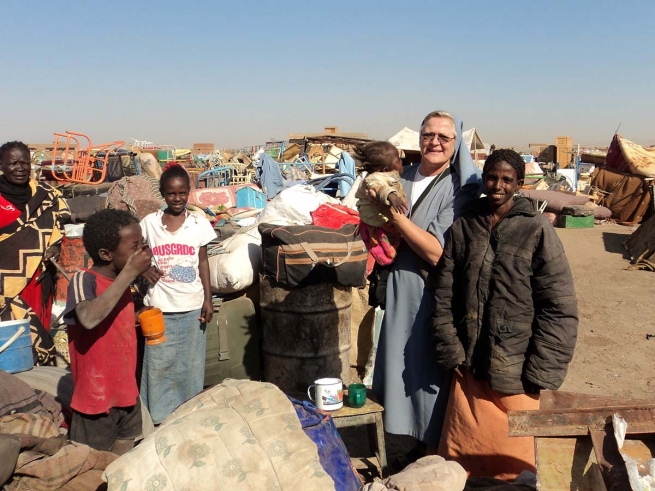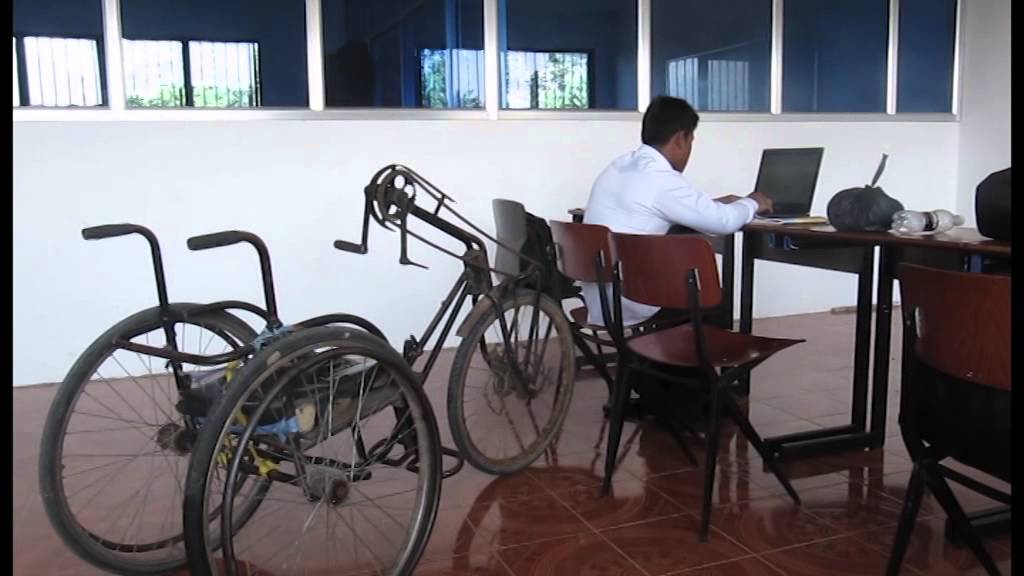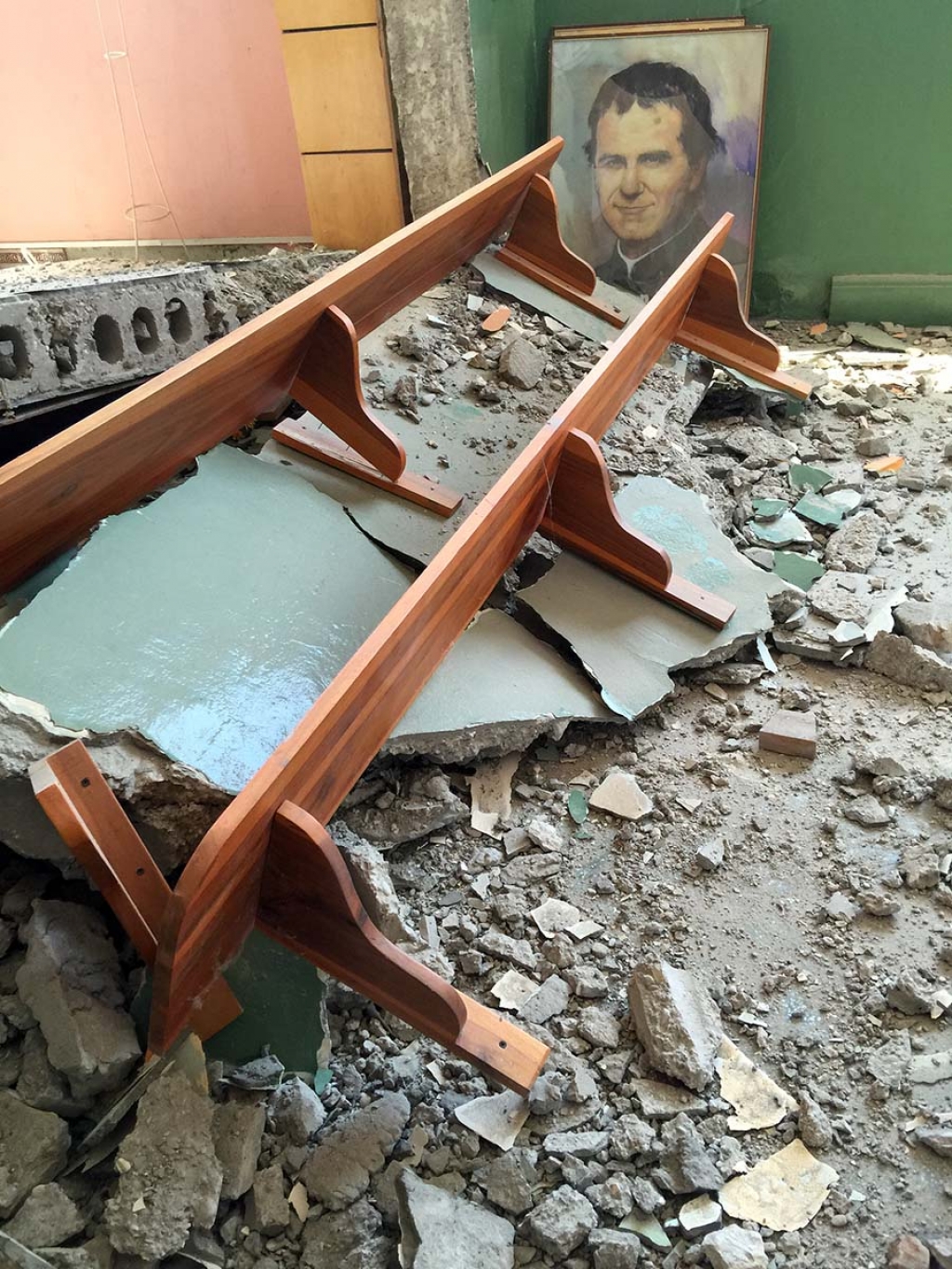UNICEF Report: Despite Recent Improvements, Outlook for the Horn of Africa Increasingly Worrisome
(UNICEF) The massive humanitarian response in the Horn of Africa in 2011 reversed the spread of famine and saved tens of thousands of children’s lives, but the outlook is increasingly worrisome, threatening the tentative gains achieved to date, according to a new UNICEF report.
“Despite significant progress in the food security outlook for the Horn of Africa, the child survival crisis is far from over. Millions of children require sustained assistance in the critical months ahead. Otherwise we can easily see a reversal of the hard-won achievements,” said Elhadj As Sy, UNICEF Regional Director for Eastern and Southern Africa, on the occasion of the launch of the report Response to the Horn of Africa emergency that describes the UNICEF humanitarian operation in the six months after famine was declared in parts of Somalia in July 2011.
“The prospects for a sustained recovery are increasingly precarious. The most recent weather outlook in combination with persisting insecurity and violence in many areas can lead to new shocks and disruptions, a development which again puts the lives of hundreds of thousands of children at risk,” said As Sy, who is the UNICEF Global Emergency Coordinator for the Horn of Africa crisis.
According to the latest projections, the March-May seasonal rains will remain below average in most parts of the region. On-going conflict in Somalia, terror attacks and ethnic violence in parts of Kenya as well as threats against aid workers are limiting humanitarian access to refugees and communities affected by the crisis.
More than 8 million people across the Horn of Africa need emergency assistance. Nearly a third of Somalia’s population—some 2.51 million people—are still in acute humanitarian crisis, including more than 323,000 acutely malnourished children. Some 463,000 Somali refugees in the Dadaab camps in north eastern Kenya, 142,000 people in the Dollo Ado camps in Ethiopia as well as 22,000 people in the Ali Addeh camp in Djibouti as well as 1.35 million Somalis displaced within their own country also continue to require support.
Results achieved in 2011
The report details the results of UNICEF’s massive humanitarian response in the second half of 2011 which include:
- The delivery of more than 60,000 metric tons of life-saving UNICEF supplies to Horn of Africa countries by air, land and sea routes;
- The treatment of close to 350,000 severely malnourished children;
- The vaccination of 7.9 million children against measles;
- The provision of safe water to 3.2 million people; and
- The facilitation of access for more than 200,000 children to child-friendly spaces or other safe environments.
Thanks to massive support from donors and other partners, UNICEF contributed to the downgrading of Somalia’s originally six famine zones to the lower emergency level; a three-fold reduction in global acute malnutrition in Kenya’s Turkana region; and very high recovery rates from acute malnutrition and low mortality rates among children in Ethiopia.
Building the resilience of families and communities
In 2011, UNICEF received more than $405 million for its humanitarian response in the Horn of Africa, reaching 96 per cent of the total amount needed. This year, UNICEF needs an additional $413.8 million for its relief and recovery operations in the Horn of Africa.
Interventions include a strong focus on resilience building among families and communities, for instance through targeted cash transfers, the increased use of mobile health teams, strengthening capacities at community level for early surveillance and treatment of acute malnutrition, mapping of water and sanitation facilities in high risk areas to enable better preparedness, alternative basic education with flexible schooling hours and mobile schools for hard-to-reach populations such as pastoralists and the inclusion of peace education in teacher training programmes as well as other activities to reduce the risk that natural and other hazards turn into yet another disaster.
“The coming months demand continued and sustained support to ensure that the multiple needs of vulnerable children are met and that another catastrophe can be averted,” said As Sy. “If vigilance is not maintained, famine may return. However, together we can make a fundamental difference for millions of children in the Horn of Africa.”
####
See this release at Unicef.org.
About UNICEF
UNICEF works in 190 countries and territories to help children survive and thrive, from early childhood through adolescence. The world’s largest provider of vaccines for developing countries, UNICEF supports child health and nutrition, good water and sanitation, quality basic education for all boys and girls, and the protection of children from violence, exploitation, and AIDS. UNICEF is funded entirely by the voluntary contributions of individuals, businesses, foundations and governments. For more information about UNICEF and its work visit: www.unicef.org
Learn about what the Salesians are doing to help those in need in the Horn of Africa.
Special Note: Salesian Missions is working to raise funds to support the aid efforts of Salesians in the Horn of Africa (Kenya and Ethiopia). The Salesians are part of the international Catholic response to the crisis, reaching approximately one million people currently. To make a donation, go to SalesianMissions.org, click on Donate Now and select “African Famine Fund.”




